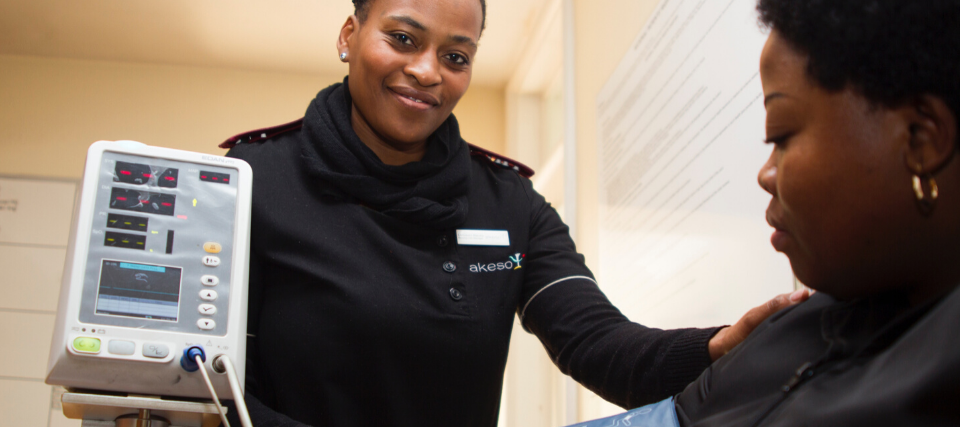When it comes to healthcare, providing quality healthcare services to patients is the number one goal. However, the effectiveness in achieving this goal is at times hampered through less-than-ideal patient-facing communication.
Aside from your own communication with patients, which you work hard to excel at, consider the following opportunities in providing quality communications with patients.
In Your Waiting Room
When patients come to your office or clinic, they interact with your staff at your front desk and in your waiting room. The temptation is to configure the waiting room for the most efficient use of resources as patients wait to see their healthcare provider. However, patients don’t care about efficiency as much as the treatment they receive.
Here are some questions to ask:
- How long do patients need to wait before they talk to one of your staff? (This is exasperated if their first interaction is through a sign in-sheet.)
- Filling out pre-appointment paperwork is a common requirement. This is routine for your staff, but it’s an annoyance to patients who want to see their healthcare provider. How can you make paperwork completion go smoother and be easier for patients?
- What can you do to help a patient’s time in your waiting room be a more pleasant experience? (Six-month old magazines don’t help.)
- What positive communication does your staff have with patients between the time they walk into your office or clinic and when they finally see a healthcare provider?
- What can your staff do to better communicate empathy to patients?
Over the Phone
Patients, and potential patients, may call your office with various questions. Since they are one phone call away from calling someone else, look for ways to interact with them quickly, efficiently, and professionally.
Here are some questions to ask about over-the-phone interaction:
- How quickly are phone calls answered in your office? (Before you say right away, verify your answer by placing a test call, checking statistics on your phone system, or observing how many times calls ring.)
- Once your staff answers a call, do they place callers on hold? How long? (Again, verify your answer through testing or statistics.)
- How equipped is the person who answers the phone to answer callers’ questions? (Each time a patient is transferred provides another source of patient irritation.)
After-Hours Communications
The first two elements of patient-facing communication revolve around what happens in your office or clinic when you’re open. Now let’s look at customer-facing communication after hours when your office is closed. Too many healthcare managers overlook this critical item or view it as a cost to minimize or eliminate. This is a mistake.
When patients call your office after office hours, it’s because they have a concern that they feel can’t wait until your office opens. Their need to receive help is high, and their distress or anxiousness may be even higher. What happens at this point is the easiest way to retain a patient when you succeed. It’s also the fastest way to lose one if you fail.
Consider these questions for after-hours patient communication:
- Do you force patients to leave a message on an answering machine or interact with voicemail? (Your answer should be no. If you do this, hire a professional medical answering service as soon as possible to answer your after-hours calls.)
- Assuming you use an answering service—and you should—do you use a one-size-fits-all provider or someone who specializes in healthcare, such as a 100 percent medical answering service?
- Does your answering service treat your patients with the care and professionalism that you expect?
- Are there any restrictions you place on your answering service that may hamper their ability to serve your patients to the best of their ability? (Sometimes efforts to shave a few dollars off an answering service bill, can produce a huge disservice to callers.)
Conclusion
To keep patients happy and returning to your practice or clinic, you need to do more than provide them with excellent health services. Professional patient-facing communication goes a long way to helping your patients feel cared for, respected, and appreciated.
Use a skilled medical answering service to help achieve this goal. Your patients will thank you.
Learn how medical answering service from MedConnectUSA can help your practice, clinic, or facility. Then get a free quote to discover how affordable their healthcare communication services are. Peter Lyle DeHaan is a freelance writer and call center authority.





